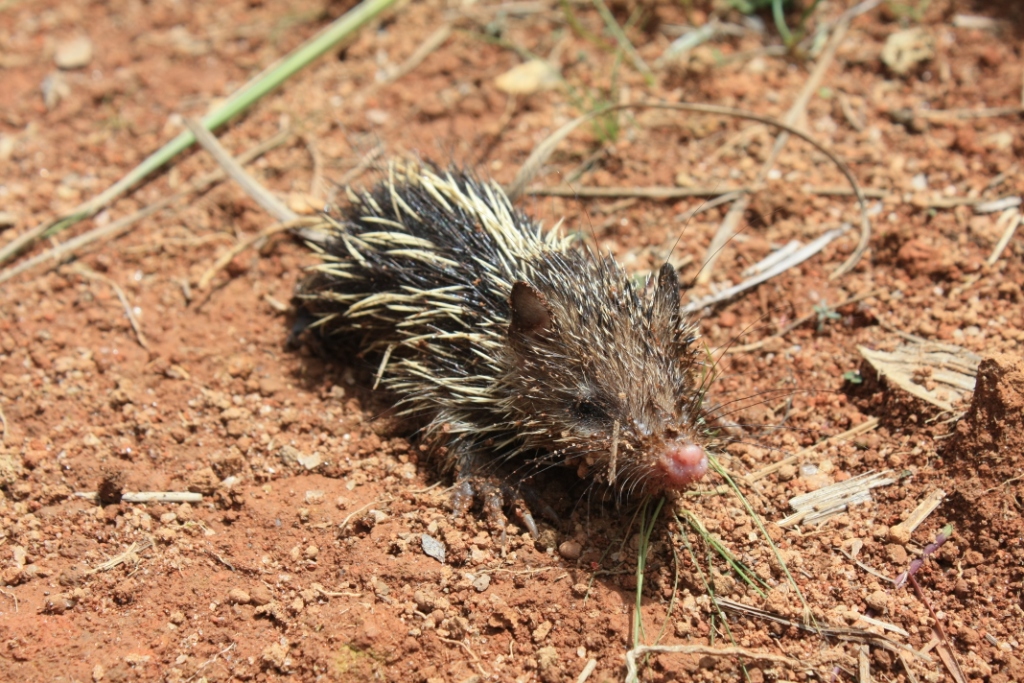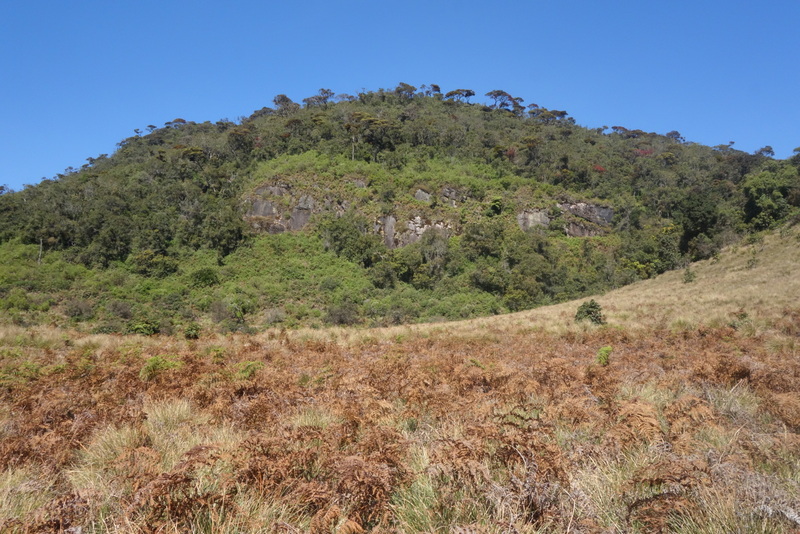Thomas Timberlake and Cyprien Miandrimanana write from Madagascar about a field experiment using fungus to help tree seedlings survive.
One of the problems that has long bedeviled ecological restoration efforts in Madagascar is persuading young seedlings to grow at a pace of more than just a few centimetres per year. The site of Ankafobe in the central highlands is a prime example, with many five year old individuals, planted in the anthropogenic grassland surrounding the remaining forest fragments, still no taller than waist height. Clearly, the environment into which the seedlings are planted is in some way inhospitable. One hypothesis to explain seedling underperformance is that they are not managing to establish their normal symbiotic relationships with vesicular arbuscular mycorrhizae (VAM) fungi on which most higher plants depend.
In a VAM symbiosis, plants exchange a significant carbohydrate donation to the fungus in return for important nutrients, particularly phosphorus, and often increased drought tolerance. So if mycorrhizae propagules are absent in the savanna soil, this could well explain the slow growth rates and high mortality observed among planted tree seedlings at sites like Ankafobe.
In response to concern about poor seedling performance, various restoration projects in Madagascar have begun inoculating their nursery seedlings with VAM using a simple protocol pioneered by Mitsinjo, a restoration project in the eastern rain forest of Andasibe. Soil (presumed to contain mycorrhizal fungus) is gathered from underneath forest trees, mixed with sand in a sack-lined pit and then sown with rice and beans to act as hosts for the developing VAM. After three months of maturation, you have a sack-full of VAM inoculum, ready to be applied to the young germinating seedlings – one teaspoon per plant.
- Inspecting the VAM inoculate at a Mitsinjo nursery.
- Experimental Conchopetalum madagascariense (Sapindaceae) seedlings ready for planting.
Many groups in Madagascar swear by the VAM protocol and the visual results can be compelling, but as yet there have been no experiments in the country to rigorously test whether this method is actually effective. This lack of clear evidence is what prompted us to work on a series of experiments testing and perhaps refining the VAM protocol.
We planted 480 native tree seedlings with and without VAM inoculation to test whether this method increases seedling survival and growth in the degraded savanna around Ankafobe. Digging into the solid laterite and planting the experimental seedlings was hard work but our efforts were rewarded one day with the sighting of a family of 10 young Tenrecs (Tenrec ecaudatus) who ventured bravely out of the security of the forest to observe the progress.
- Four holes down, 476 to go!
- Tom planting tree seedlings in the mud and rain.
- Tenrec ecaudatus inspecting the digging progress
Planting complete, we took our “Time Zero” measurements and then a small sample of roots from both VAM and control seedlings to return to Antananarivo and check for the presence of mycorrhizae vesicles. The process of staining involved cooking up some rather nasty chemicals in our improvised laboratory – the kitchen – back in Tana.
Our next project will be to replicate our VAM study in Ananalava, a humid site on the east coast that contrasts with the drier climate of the Malagasy Highlands. Repeating our study in different environments will help generalize our results and recommendations for people working across this heterogeneous island.

















